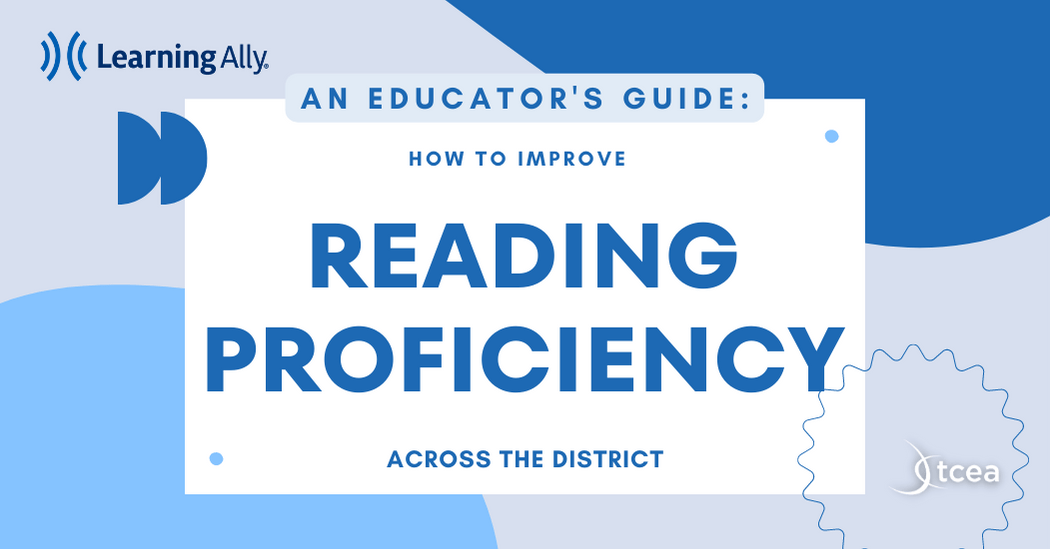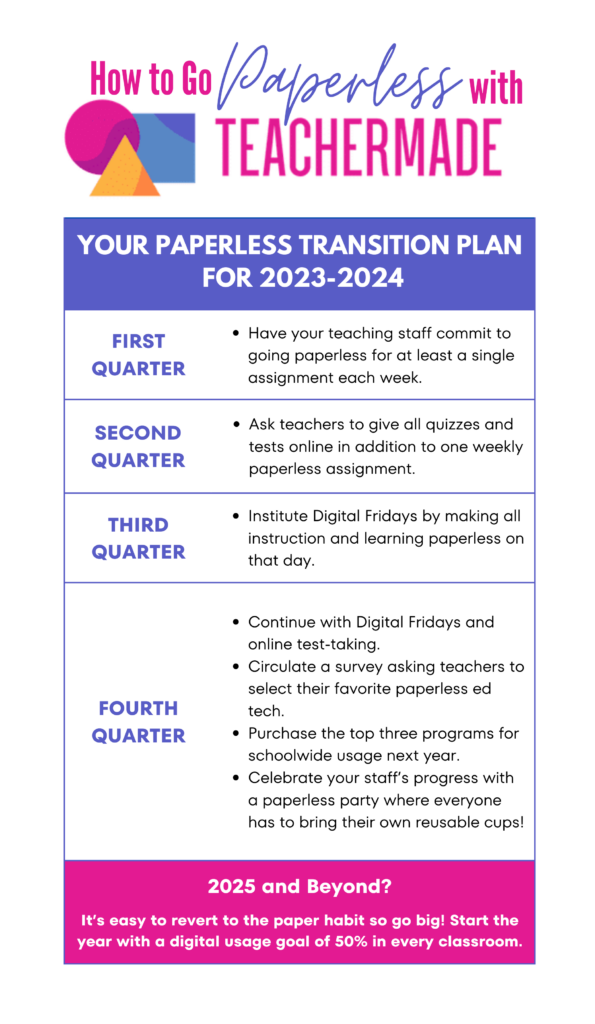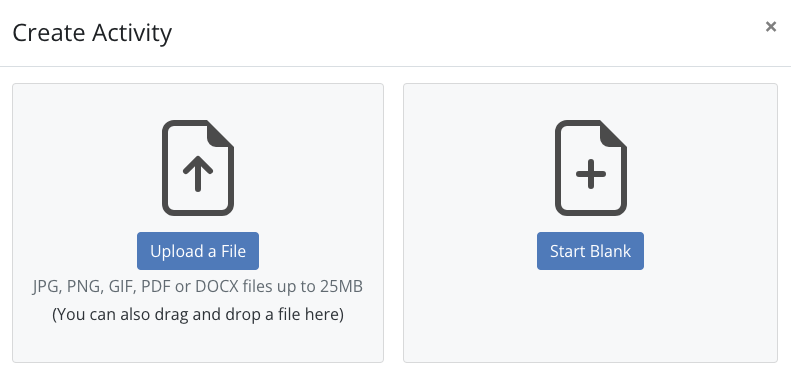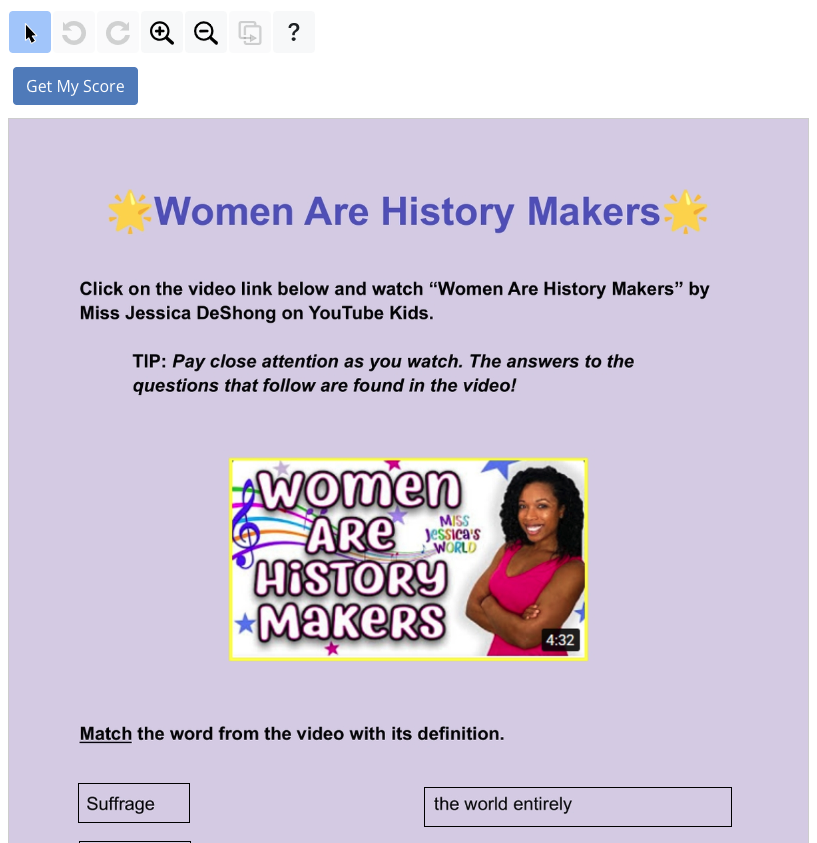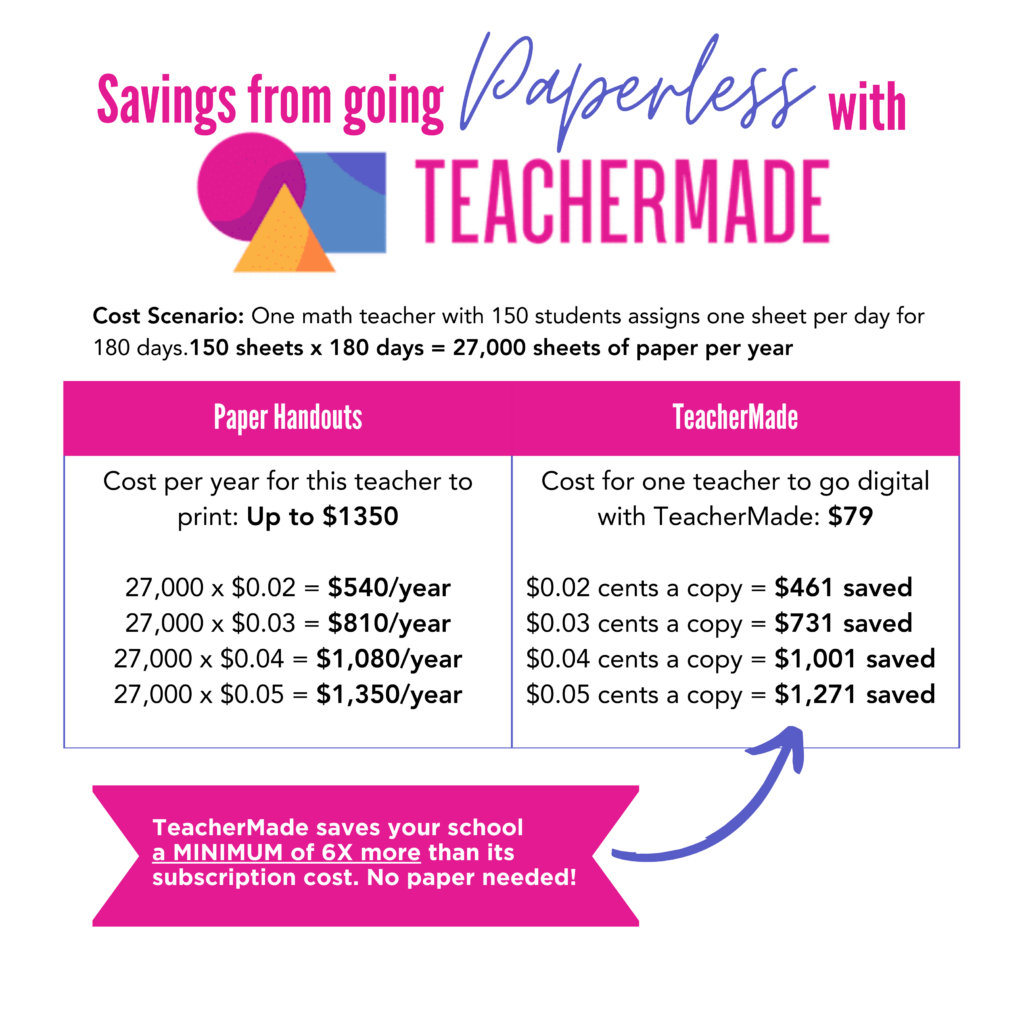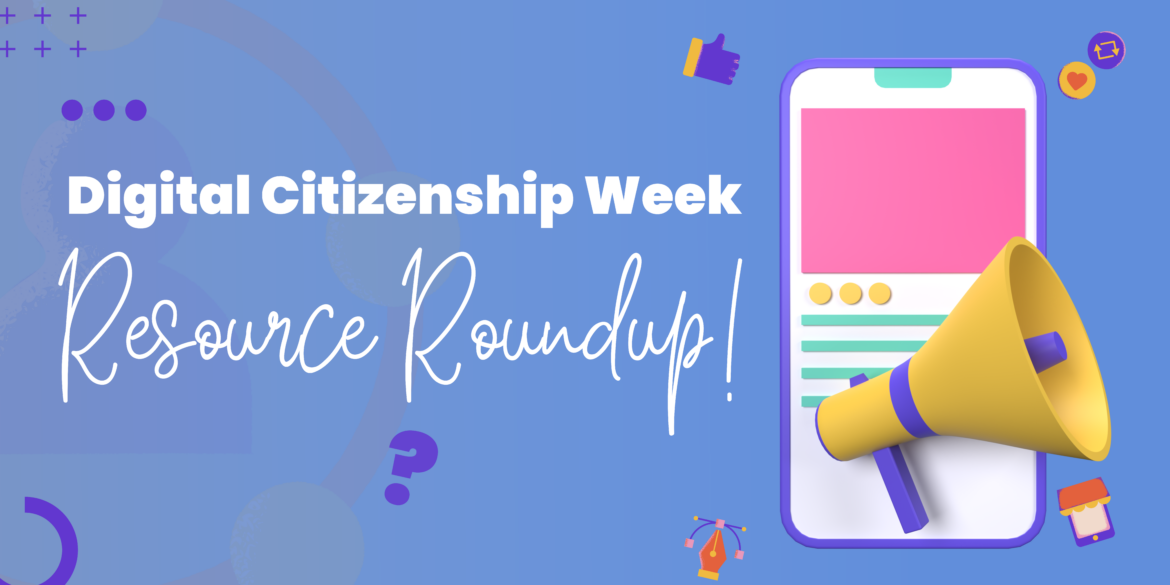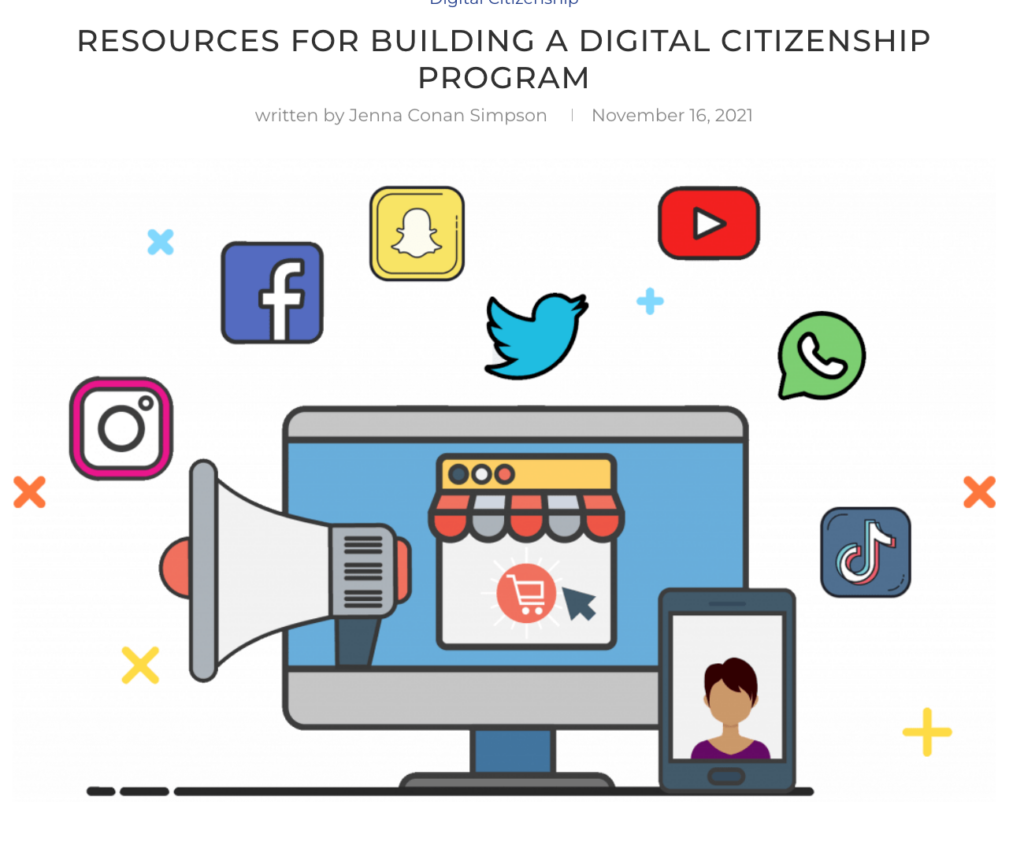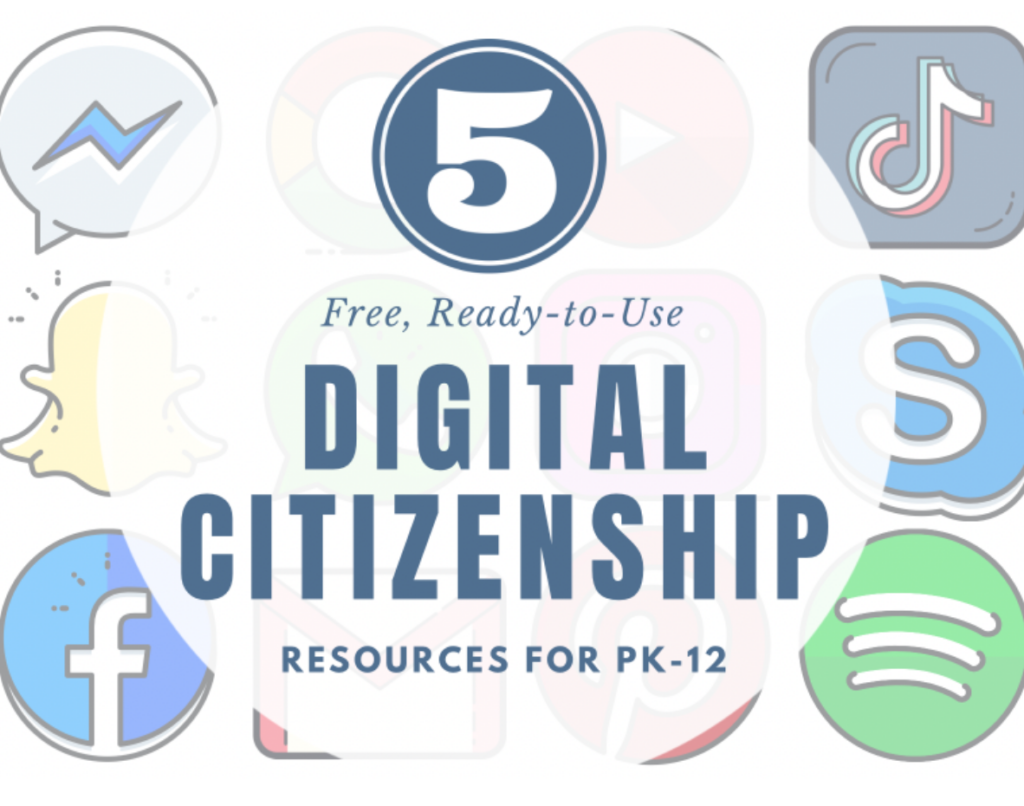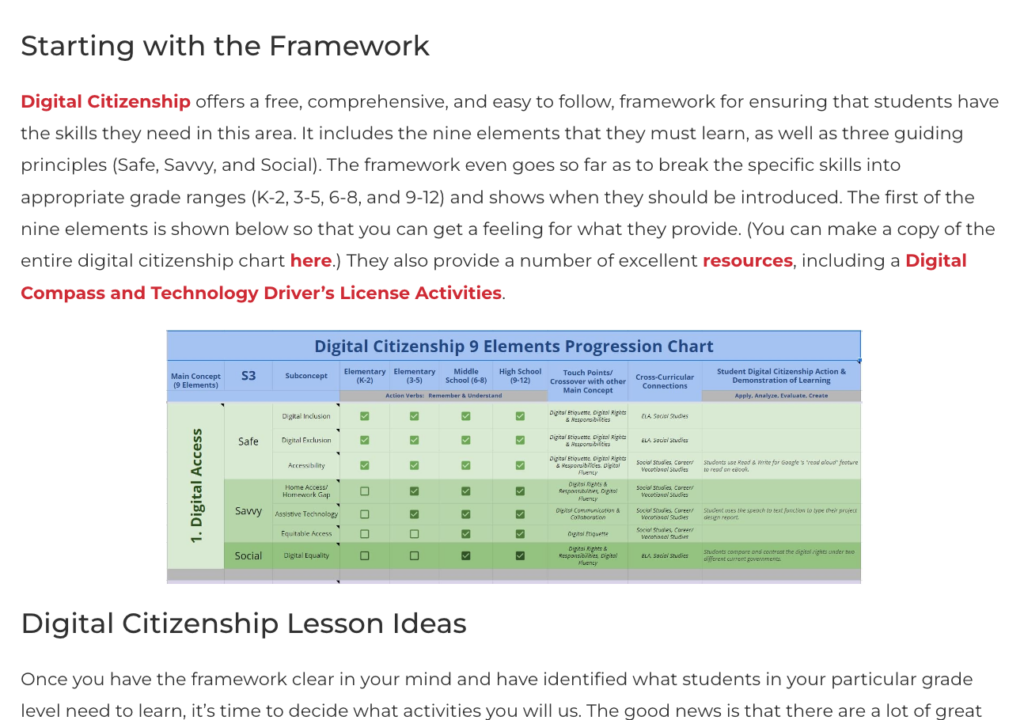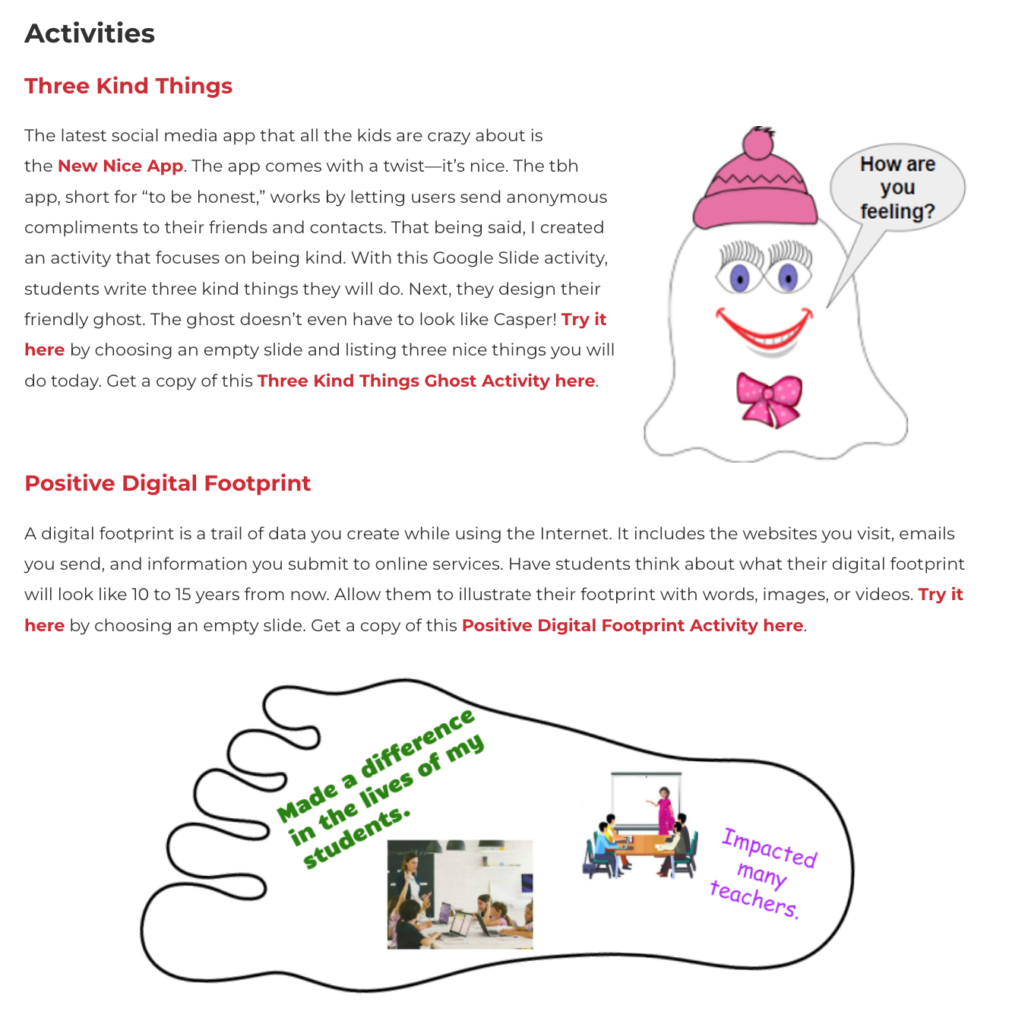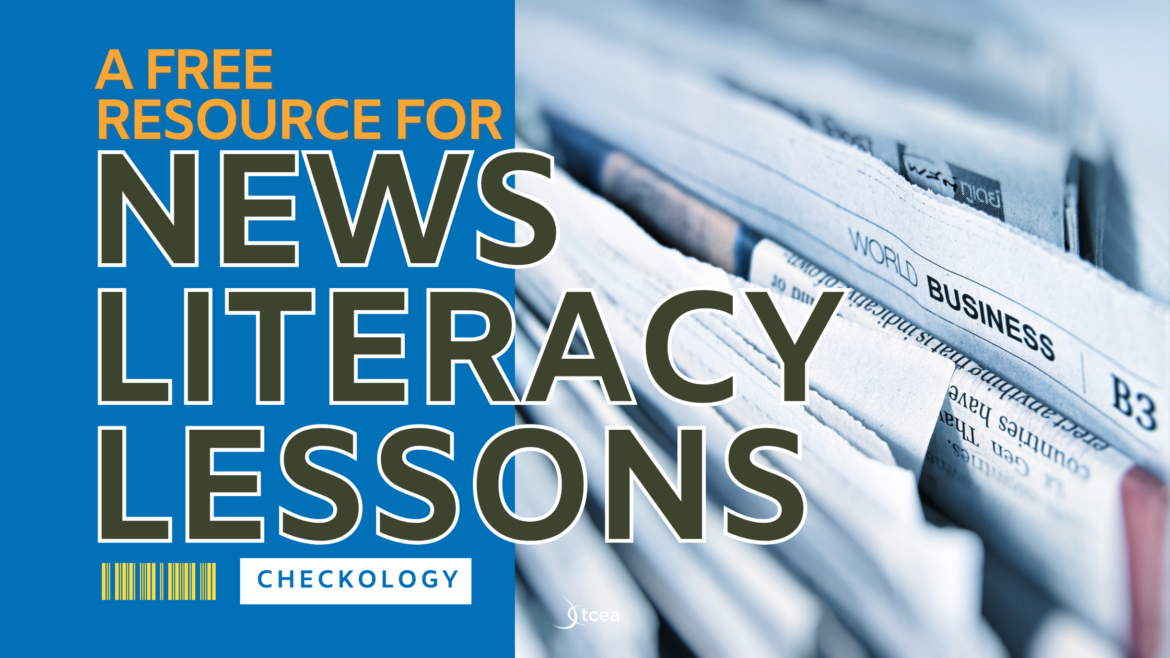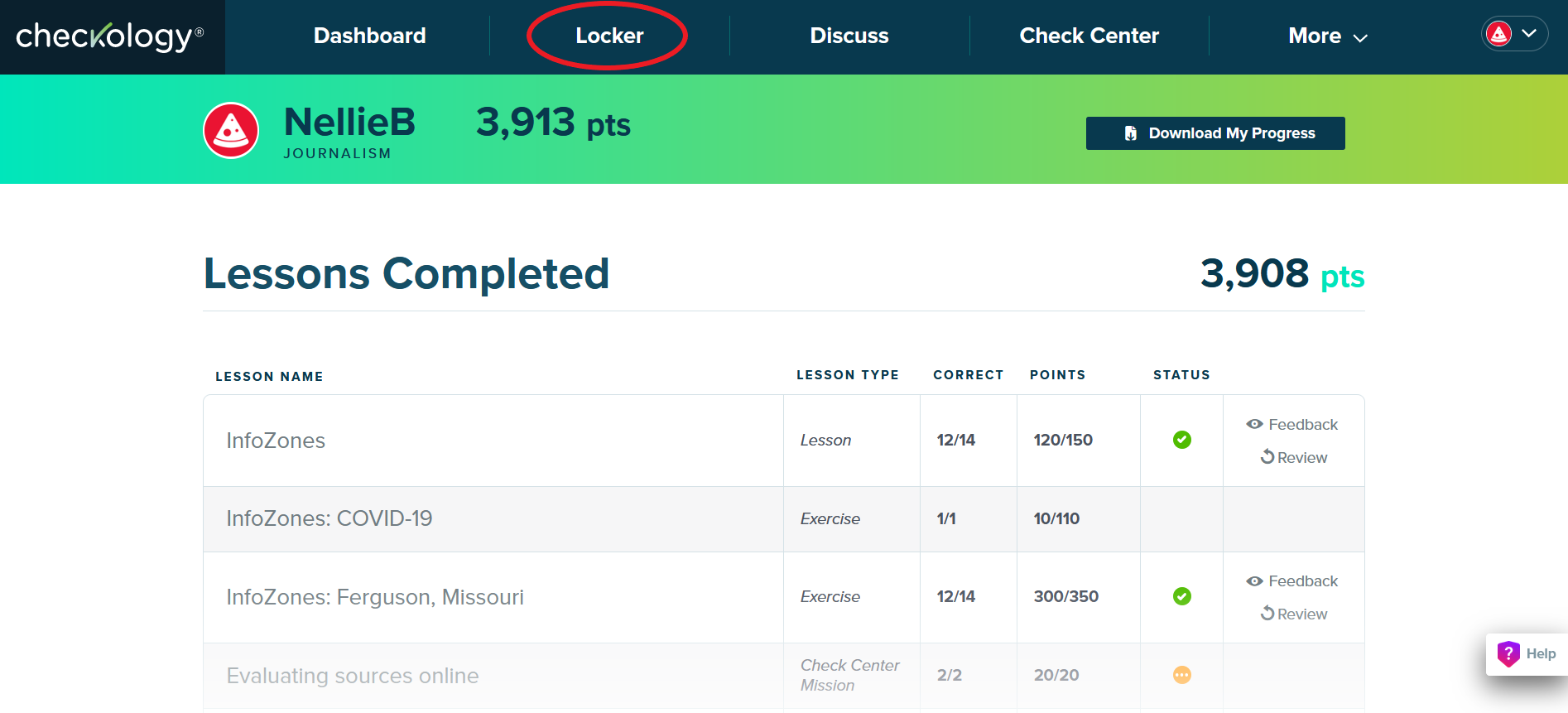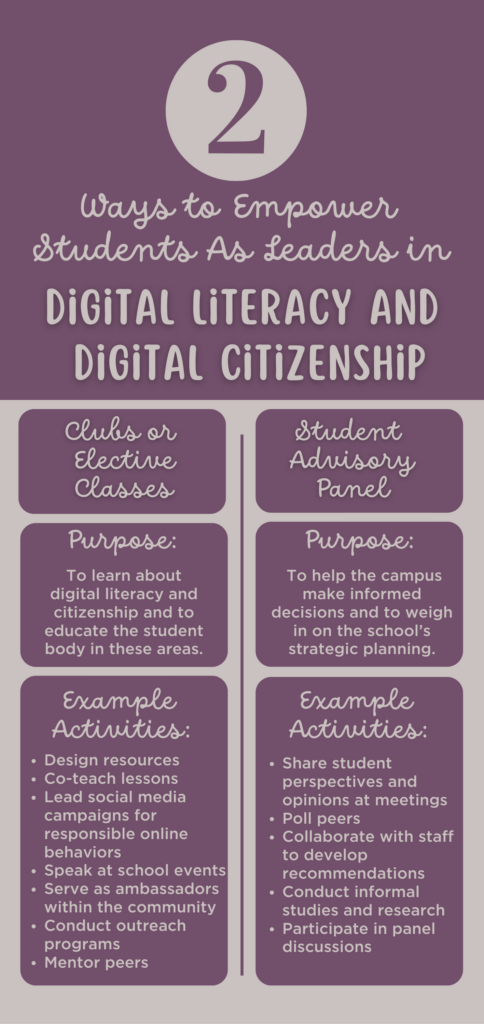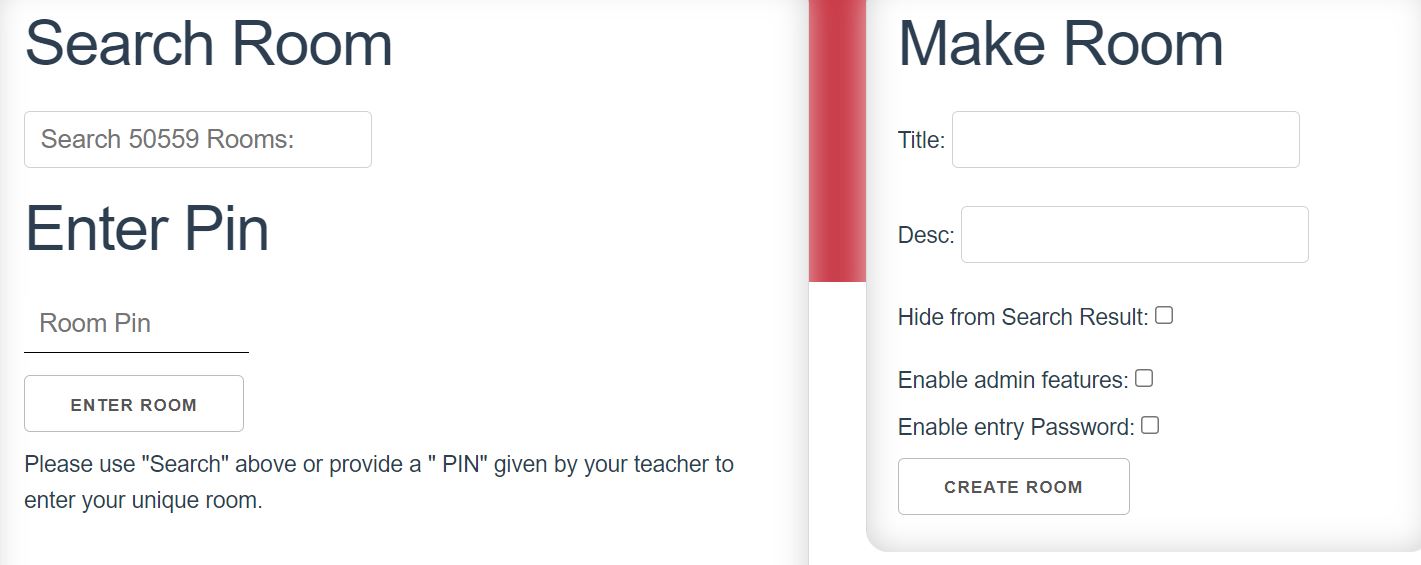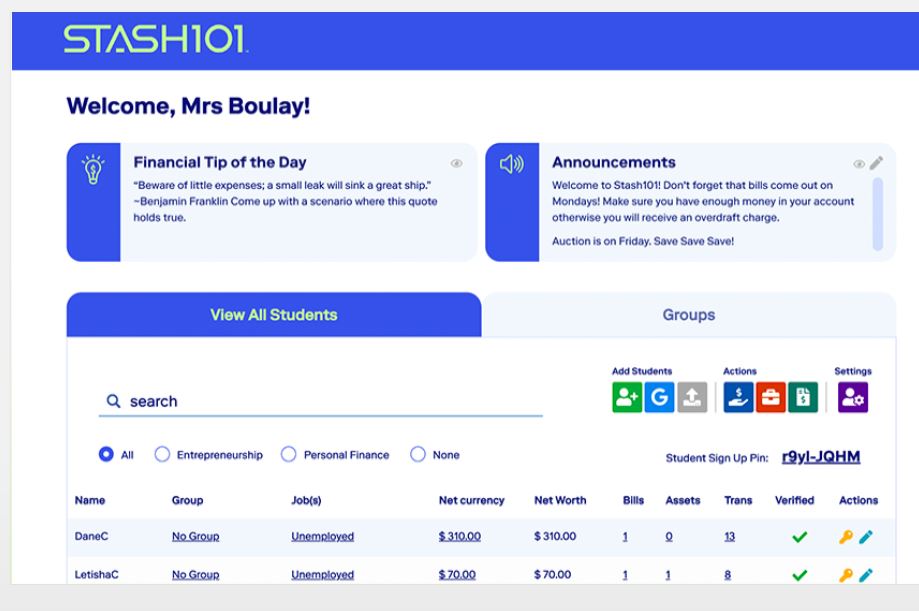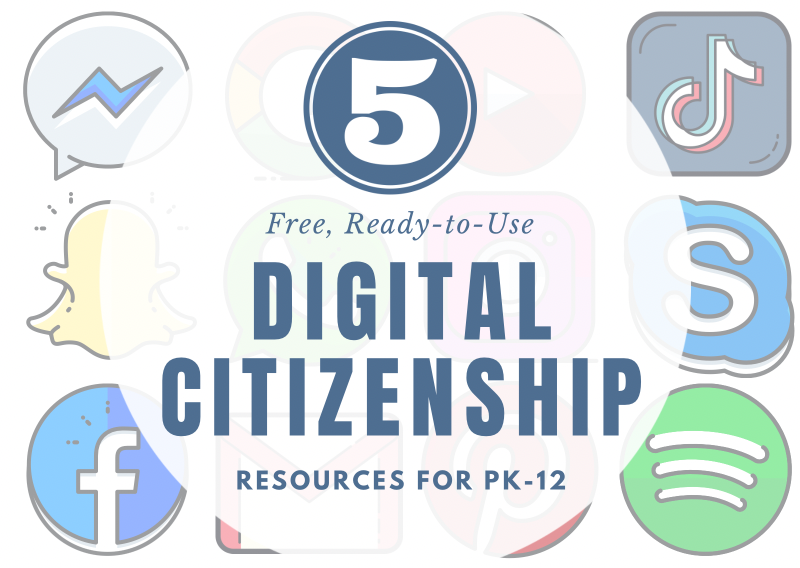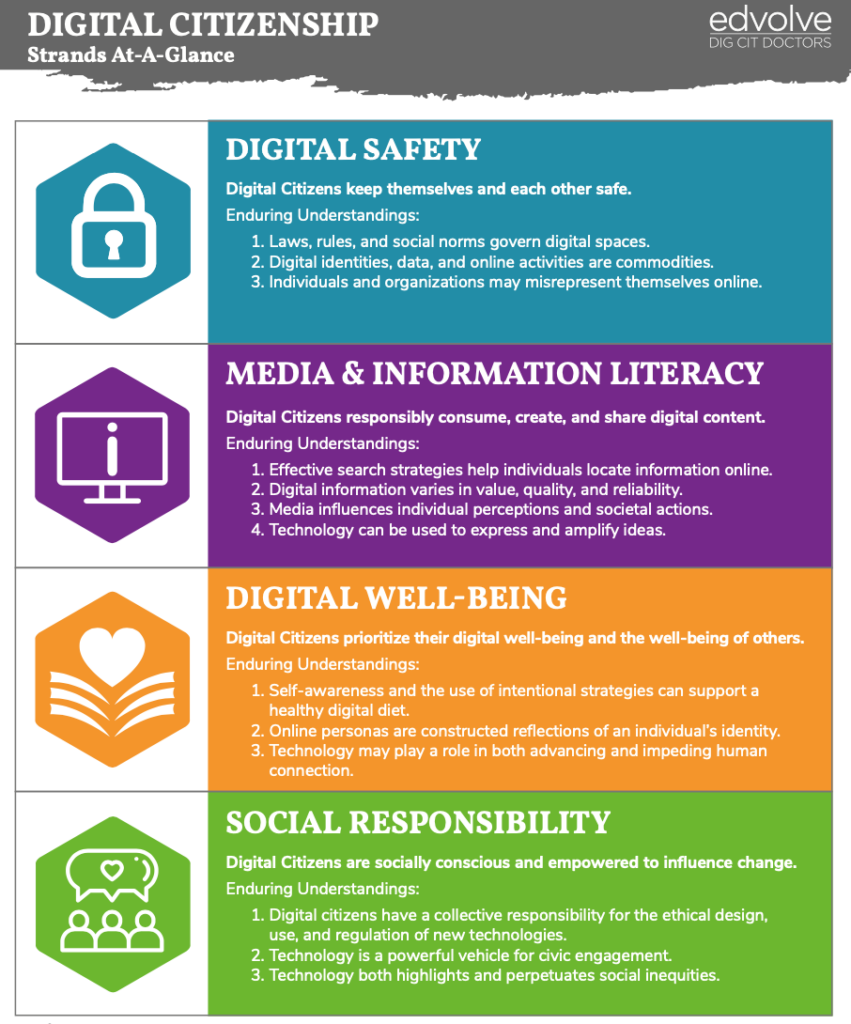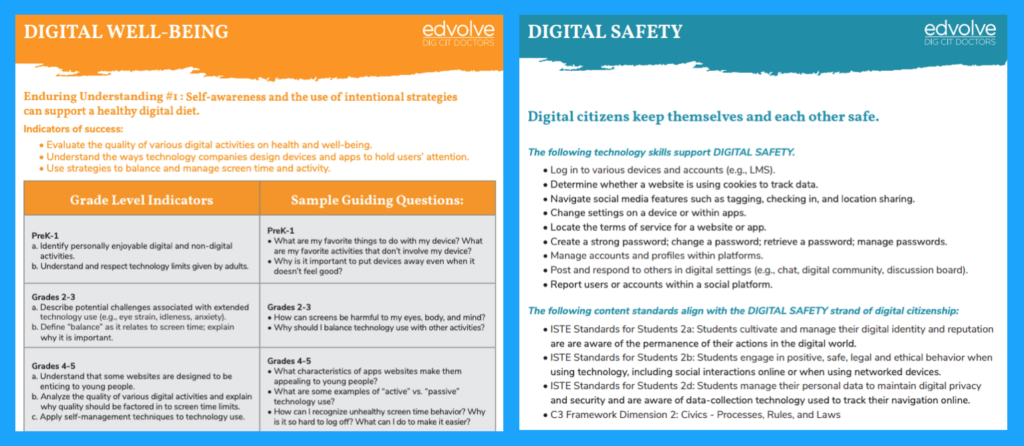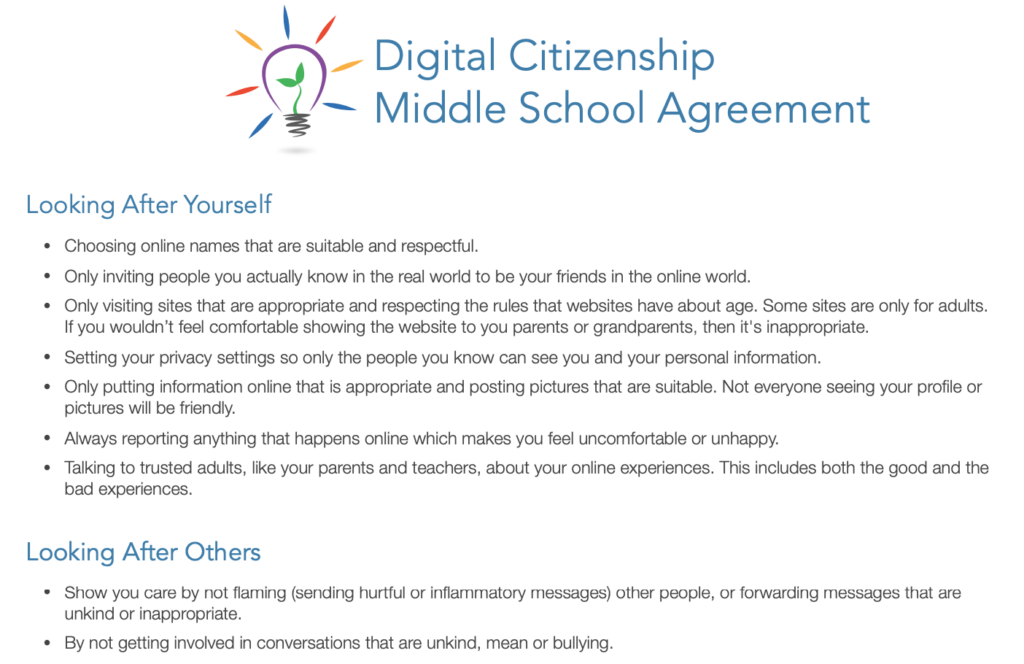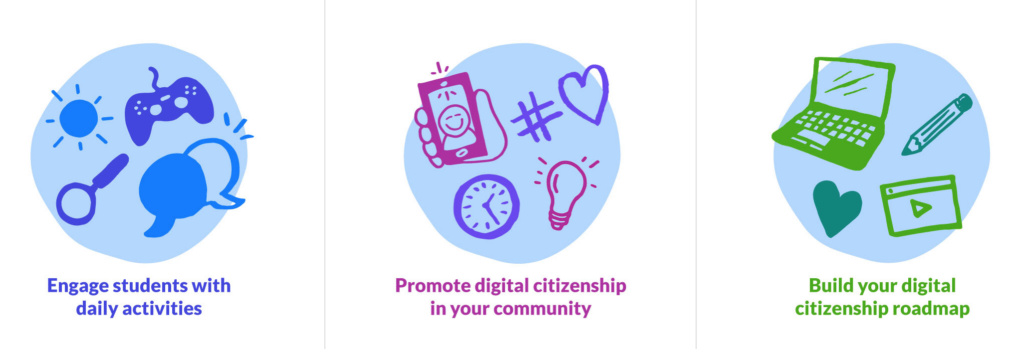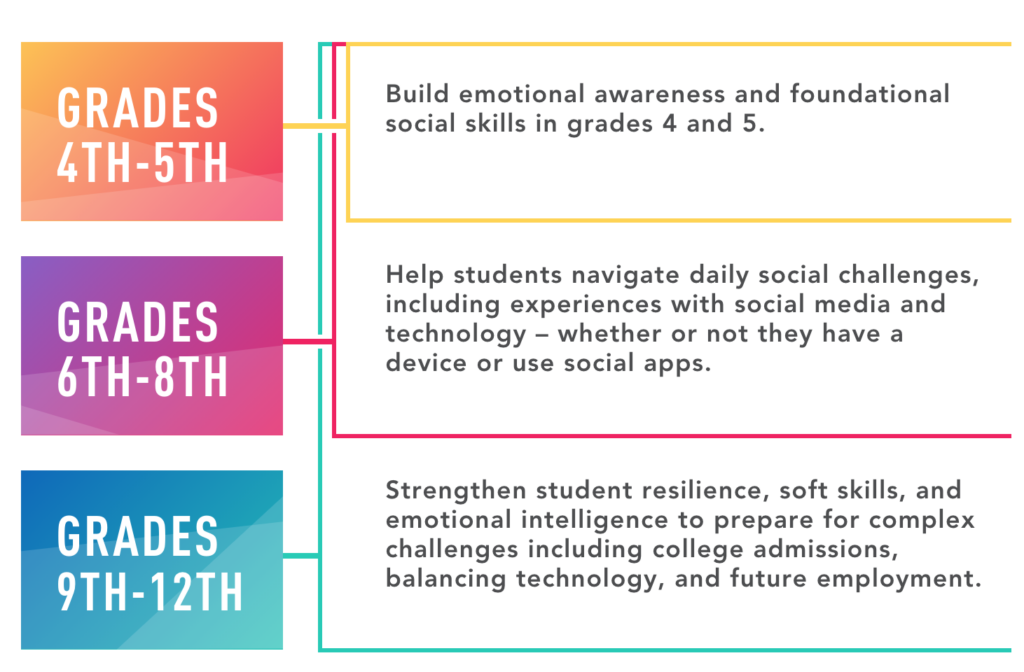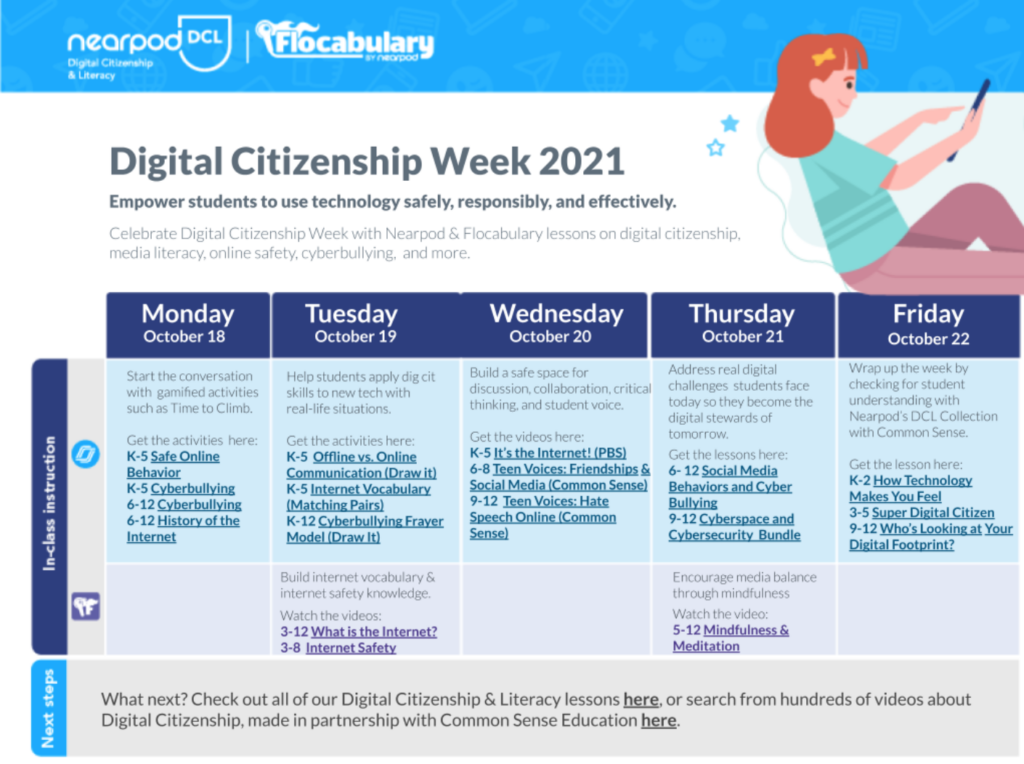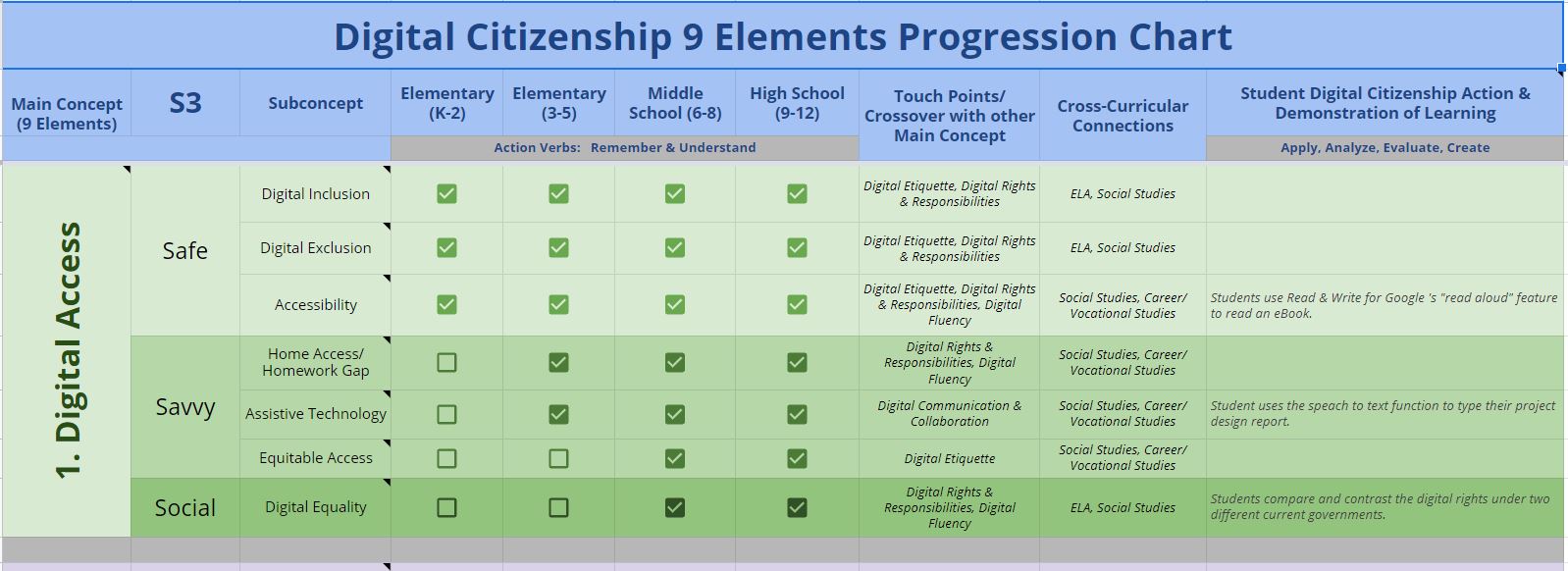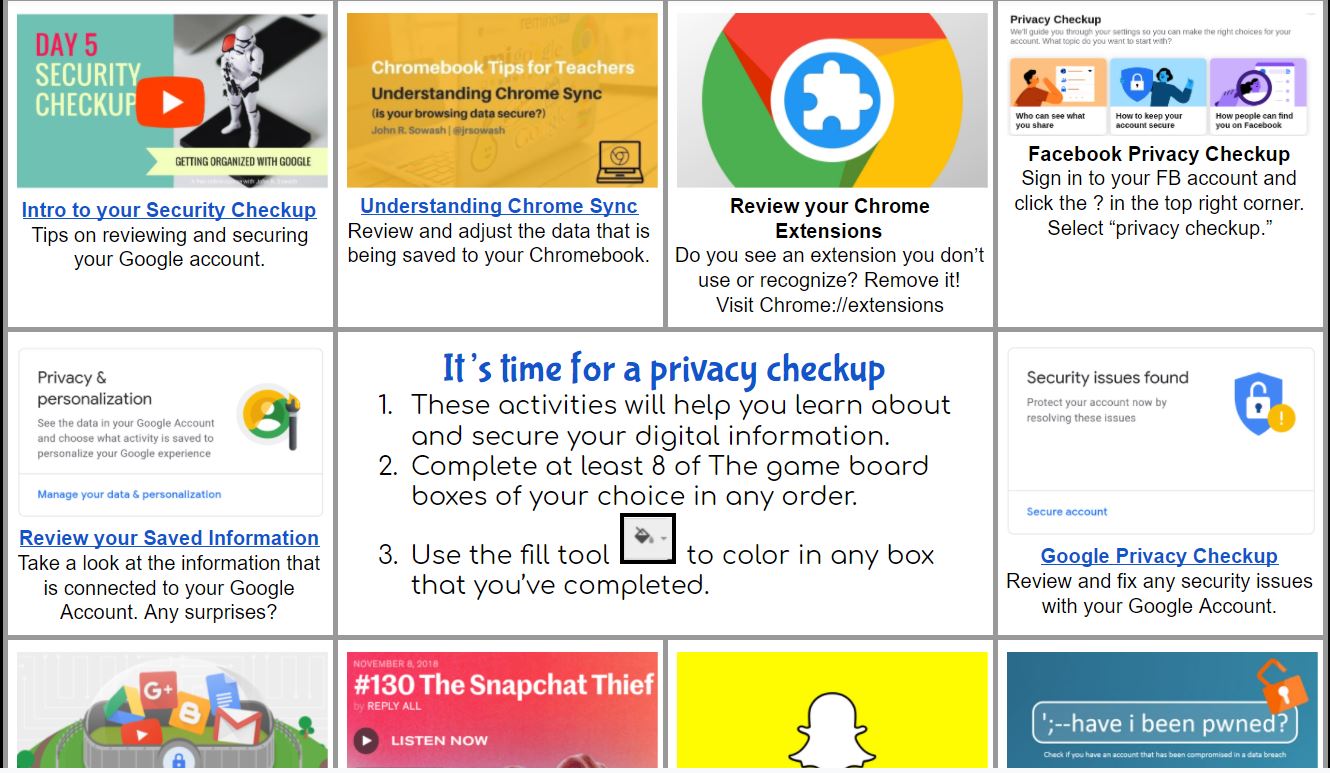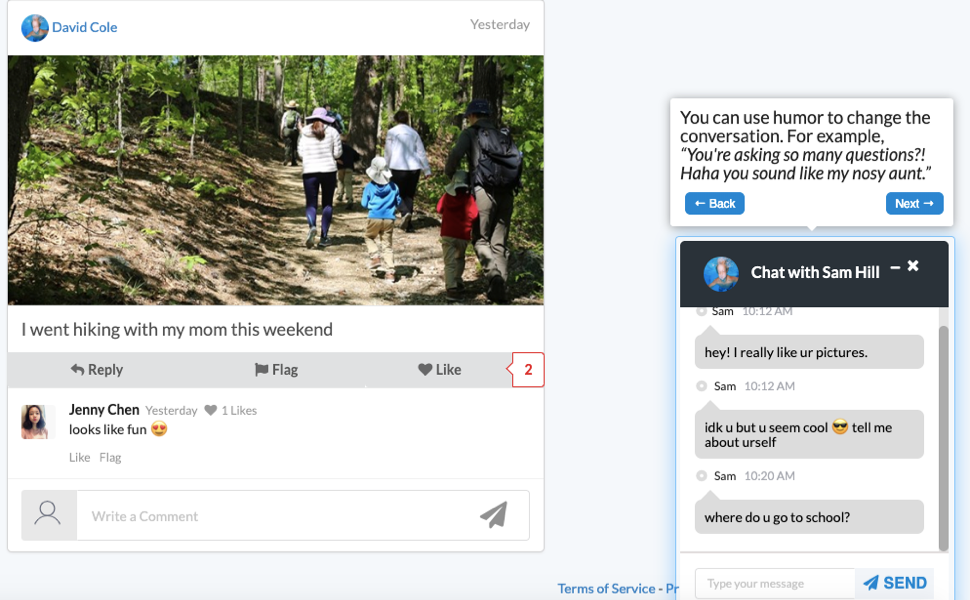Improving literacy skills not only benefits individual students – it strengthens their overall academic performance across subject areas, which greatly impacts their future prospects. This guide aims to provide you with practical steps and strategies you can implement to foster literacy development among students and improve reading proficiency in your school or district.
Step 1: Evaluate Current Literacy Levels.
Begin by conducting an assessment of the literacy levels within your district. You have more data available than ever before. Use state and/or standardized test scores, English Language Arts grades, reading and writing proficiency ratings, and other relevant metrics for a detailed view of current literacy levels. This assessment will help identify areas that require improvement and serve as a baseline for measuring progress against enhancement efforts as you work to improve reading and literacy rates.
Step 2: Set Clear Goals and Objectives.
Establishing clear and measurable goals and objectives is the only way to guide your efforts and track progress effectively. Make sure these goals are quantifiable and align with district-wide priorities and the specific needs of your students. For example, you might aim to increase the overall reading proficiency by a certain percentage or decrease the achievement gap by a certain degree between different student groups.
Step 3: Enhance Professional Development.
Make time for professional development programs to improve instructional practices and pedagogical approaches. Lean into training sessions on evidence-based literacy strategies, differentiated instruction, assessment techniques, and effective use of technology in the classroom. Collaborate and share best practices to create a supportive learning community. Leverage workshops, coaching, and collaborative communities of practice to turn instructional strategies into action for stronger student outcomes and improved reading proficiency.
Step 4: Develop a Coherent and Effective Curriculum.
Review your district’s current curriculum to ensure it aligns with the latest research and best practices in literacy instruction. The Science of Reading is the leading topic today – it’s vital to your students’ success that you adopt a literacy curriculum that supports all factors of Scarborough’s Reading Rope – including word recognition and language comprehension. Consider adopting a balanced literacy approach that combines explicit skills instruction, guided reading, independent reading, and writing activities. Integrate diverse texts, including fiction, non-fiction, and digital resources, to engage students and promote critical thinking. An effective way to promote guided and independent reading is through the use of human-read audiobooks, which support vocabulary building, background knowledge, literacy structures, and more.
Step 5: Implement Early Intervention Programs.
Early intervention is critical in improving literacy outcomes and improving reading. One way to put your youngest readers on a path to success is to establish programs that target students who are most at risk or struggling with reading and writing skills. Enhance the experience with personalized support to address individual needs, and collaborate with intervention specialists, reading specialists, and other support staff to provide comprehensive support.
Step 6: Foster a Culture of Reading.
Promote a culture of reading within your schools and across the district. Encourage your teachers to create classroom libraries, organize book clubs, and facilitate read-aloud sessions. For earlier grades, invite parents, guardians, grandparents, and other volunteers to lead read-aloud sessions in class. Engage the community and establish partnerships with local libraries, community organizations, and businesses to provide students with access to a wide range of reading materials. Celebrate reading achievements through events like book fairs, author visits, and literacy-themed contests.
Step 7: Engage Families and the Community.
Student success hinges on support at home. Involve families and the broader community in literacy initiatives to improve reading. Provide resources and workshops for parents to support their child’s literacy development at home. Organize literacy nights where families can participate in activities that promote reading and writing skills. Collaborate with community organizations to sponsor literacy events and distribute books and reading materials to students.
Step 8: Leverage Technology.
Embrace technology as a tool to enhance literacy instruction. Get trained on utilizing educational apps, digital resources, and online reading platforms. Integrate multimedia elements into lessons to cater to diverse learning styles. Explore using virtual libraries, e-books, audiobooks, and interactive writing tools to engage students and make learning more accessible. Effective use of technology can accelerate learning, level the playing field for many struggling readers, and help improve reading.
Step 9: Monitor Progress and Adjust Strategies.
Any new project or program must be monitored, and results measured. Regularly monitor and analyze data to track progress toward your goals. Engage the “data warriors” in your schools and cross the district to help you measure results. Use formative and summative assessments to evaluate student performance and identify areas that need additional support. Adjust instructional strategies and interventions based on the insights gathered from the data. Continuously reviewing and refining your approach will help ensure ongoing improvement.
Step 10: Collaborate and Share Success Stories.
Success is more powerful when it is shared. Encourage collaboration and communication among fellow teachers. Establish professional learning communities where all educators can exchange ideas, discuss challenges, and share successful practices. Highlight and celebrate success stories of students and teachers who have made significant strides in literacy and improved reading proficiency. Make sure your district administrators and school board are aware of the success. Most importantly, take steps to replicate the success in other classes and schools across the district.
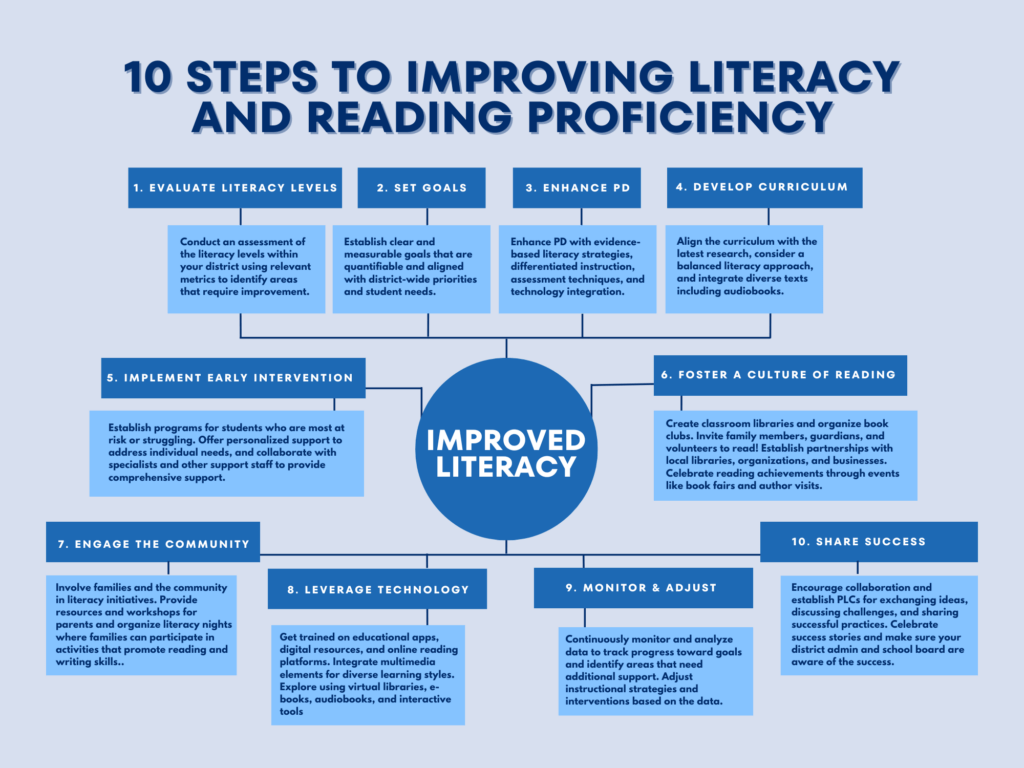
Literacy is the foundation for continuous learning throughout a student’s life. It enables them to engage with books, digital media, and other educational resources. Reading proficiency fosters a culture of learning, critical thinking, and intellectual growth. Lifelong learning is essential for personal development, adaptability in a rapidly changing world, and the acquisition of new skills and knowledge. A proven audiobook solution developed specifically for students with reading difficulties can be the key to unlocking potential. It’s easy to implement, easy to set up, and proven to accelerate reading growth. And with the funding the Texas Education Agency has provided, there is no cost for K-12 public and charter schools in the state to offer this resource to students. Learn more today.

